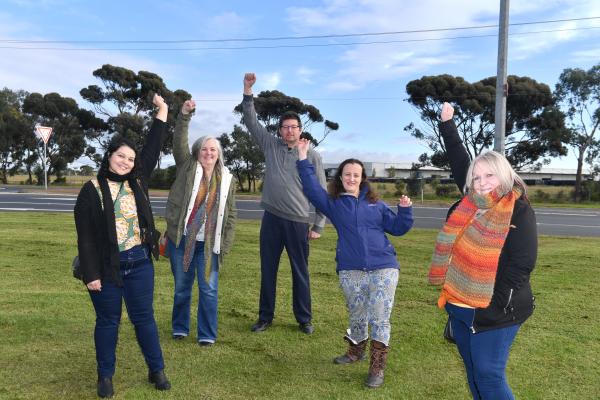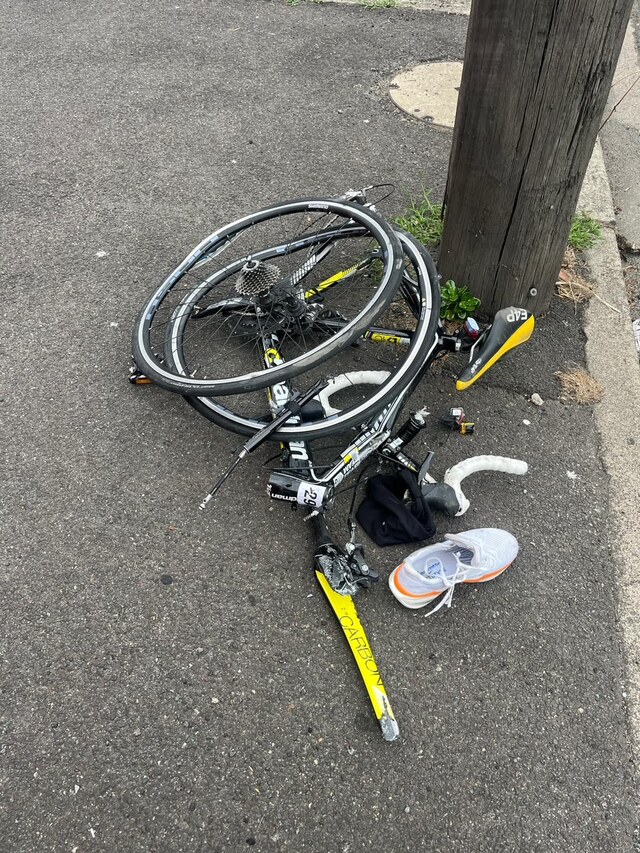A $120 million waste-to-energy plant at Laverton North will publish real-time emissions and implement other pollution-monitoring measures under a settlement reached before an appeal to the state’s planning tribunal.
Community group Zero Waste Victoria (ZWV) last week reached a settlement with Recovered Energy Australia’s and the Environment Protection Authority on strict new conditions, before an appeal to the Victorian Civil and Administrative Tribunal.
REA’s proposed plant in Alex Fraser Drive will take up to 200,000 tonnes of residual household waste annually to convert into electricity.
The plant, the first of its kind in Australia to be built in an urban area, will produce energy using a process known as gasification where waste is converted into a gas that then heats water into steam that drives a turbine to create electricity.
ZWV president Kirsty Bishop-Fox said the settlement was a “big win“ for people concerned about the health and environmental impacts.
“One of the biggest concerns that the public has about this is that there are going to be air emissions and to have the information of these air emissions publicly available is a real win,“ she said.
“We’ve also got clauses in place such that if the monitoring isn’t achieving certain results and if there’s better facilities in the future to filter them, that they must be put in.“
Laverton resident Carolina Aguirre, who started a change petition calling for more community consultation with western suburbs’ residents, particularly in Hobsons Bay, Wyndham, Maribyrnong and Brimbank, welcomed the more stringent controls.
“There were some gaps, especially when it came to what particulates were going to be released into the air,“ she said.
“One of the main ones was carbon, and the amount of carbon being emitted – that actually wasn’t being measured.“
EPA director Richard Marks said an amended Works Approval for the plant “provides greater clarity in some sections“.
“Recovered Energy Australia will need to comply with the requirements of this approval in constructing the facility and will require an EPA licence for its operation,“ he said.
New conditions REA must comply with also include only accepting waste that would otherwise go to landfill, monitoring an increased range of pollutants and meeting the lower end of the European emission limits.
REA director Ian Guss said he agreed it was a win for the environment.
“We have always worked closely with the community to understand and address their concerns in an open and accountable manner and this VCAT process was no different,“ he said.
“REA, EPA and Zero Waste Victoria worked together constructively and pragmatically to refine some of the approval conditions.”







